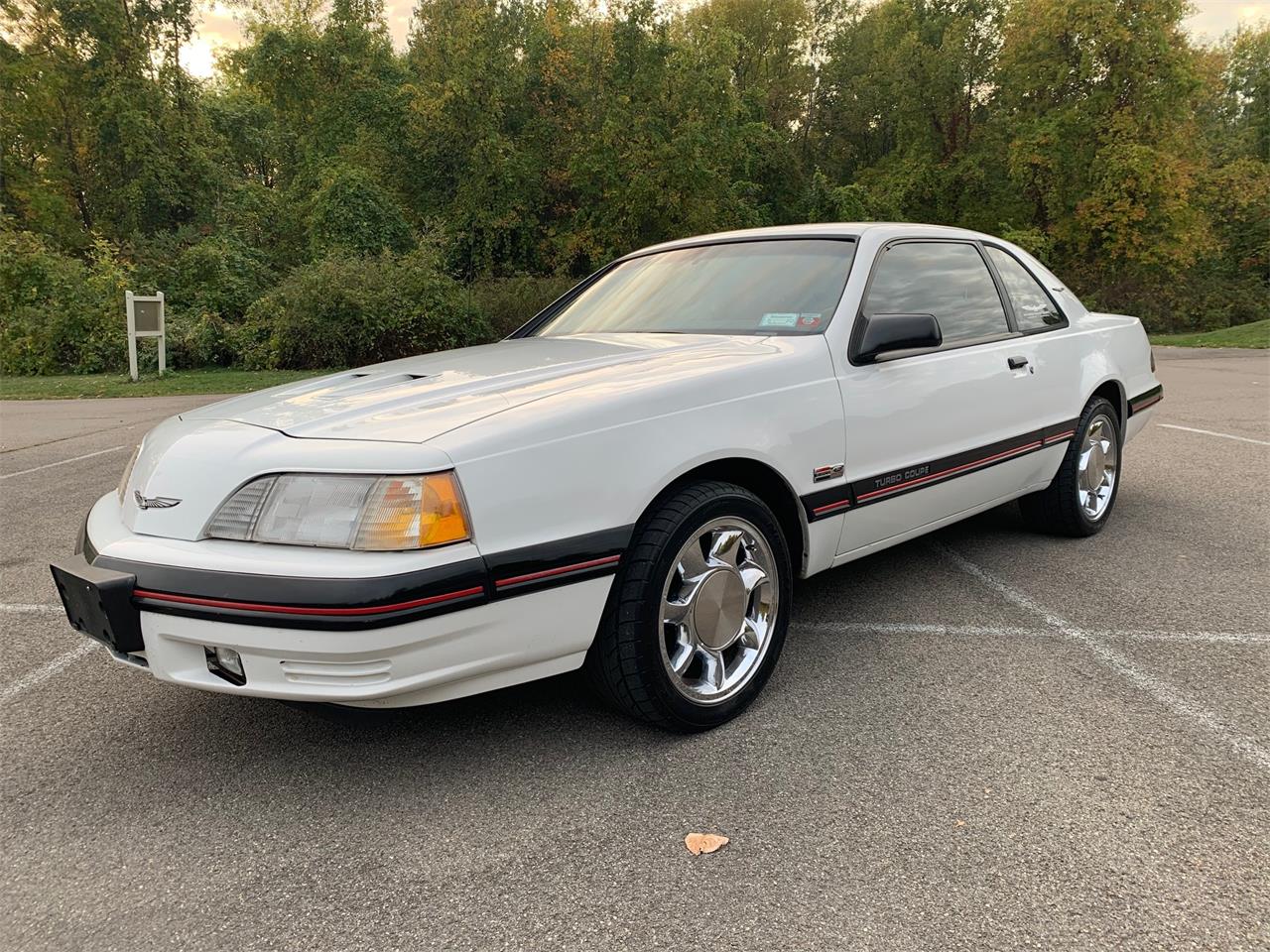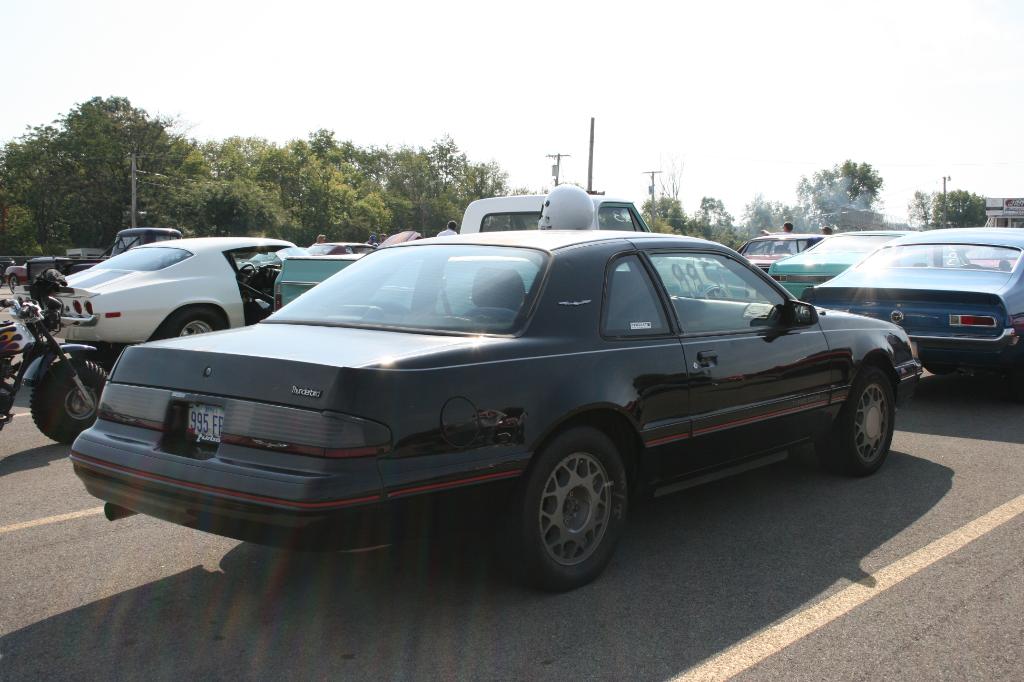


2 flashes - BPP defective, circuit is defective, brake applied, CPP switch or jumper (if equipped).The very first T-Bird came out in 1955, wearing on a look that we'll never happen to see on newfangled coupes. If the lamp does not flash with the last button, and additional flashes occur, follow the chart below for trouble codes:

If the lamp does not flash with the last button and there are no additional flashes of the lamp, the switch is defective. A lamp flash with the last button (SET/ACCEL) indicates that the static test passed. There will be a slight delay when the last button is pressed and the lamp flashes.ģ. Press each switch in the sequence immediately after the indicator light goes out for the previous switch. The speed control indicator lamp will flash as each switch is depressed. If the ON switch is not depressed within five seconds after entering the diagnostics mode, the module times out and the procedure must be started over. Press the remaining switches in this sequence: ON, RESUME, COAST and SET/ACCEL. Five additional flashes at this point indicate a defective speed control servo.

The speed control indicator on the instrument panel will flash once to indicate that speed control module entered the diagnostic mode. Enter self-test diagnostics by depressing the speed control OFF switch while turning the ignition key ON, making sure the engine does not start and is not running. This test is a key on engine off (KOEO) test only that is conducted in park only with emergency brake fully engaged.ġ. If that fuse is blown, the switch is leaking, and should be checked. The 1st revision of the recall harness was an inline ATM fuse, not sure if the revision 2 was the same. If you do not get it into self test mode, it could be the fuse in teh recall harness that is blown. Try the self test, and see what the results are. It could be a blow fuse in the recall harness, if you did have it done. Description: Speed Control Deactivation Switch.


 0 kommentar(er)
0 kommentar(er)
